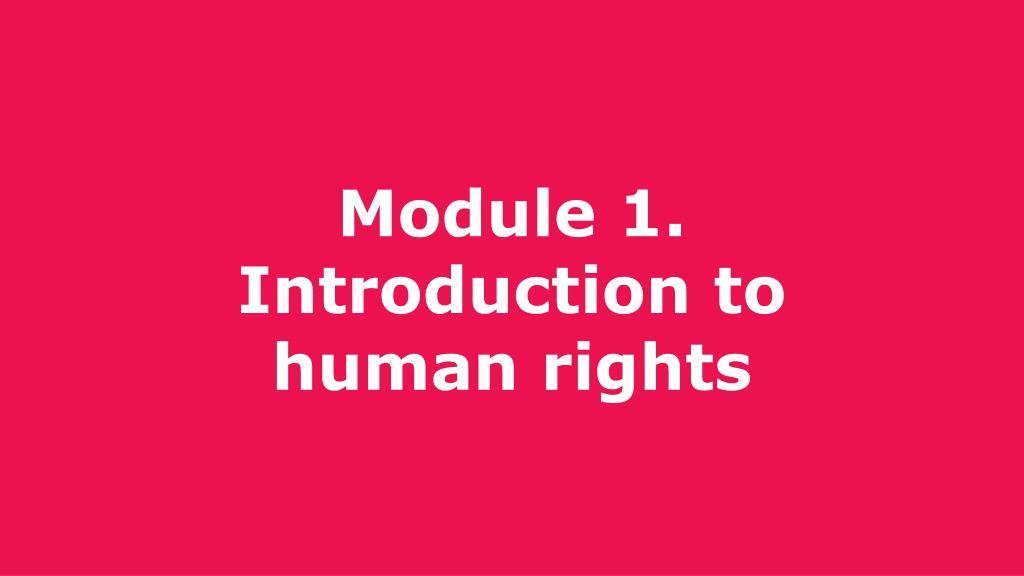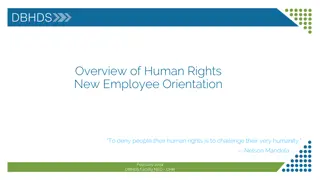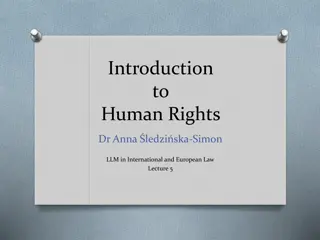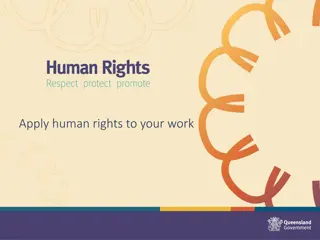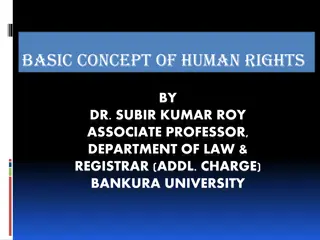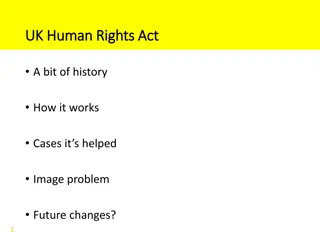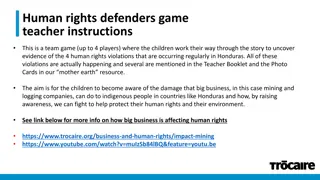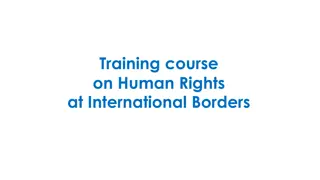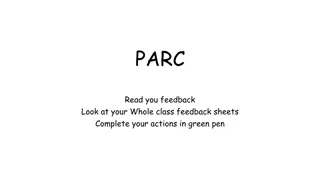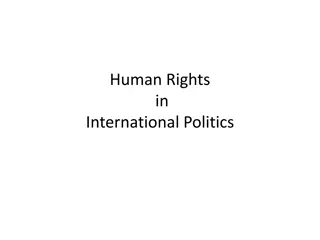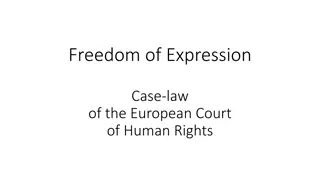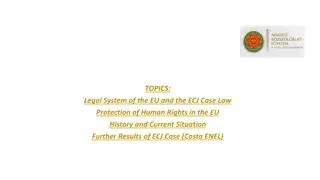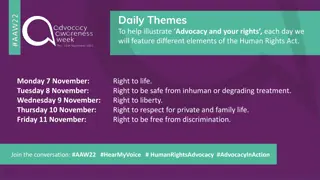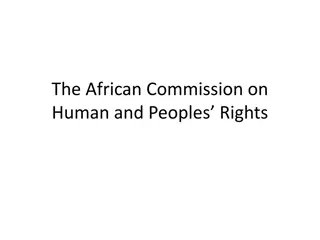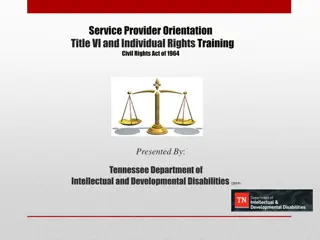Understanding Human Rights: Module 1 Overview
This module serves as an introduction to human rights principles, instruments, and monitoring mechanisms. It covers the definition of human rights, the Universal Declaration on Human Rights, key principles, and state obligations. Human rights are universal legal guarantees that protect individuals and groups against actions that undermine fundamental freedoms and dignity. The training toolkit is designed for HelpAge International staff, network members, and partners to understand the rights of older people and adopt a human rights-based approach to aging.
Download Presentation

Please find below an Image/Link to download the presentation.
The content on the website is provided AS IS for your information and personal use only. It may not be sold, licensed, or shared on other websites without obtaining consent from the author. Download presentation by click this link. If you encounter any issues during the download, it is possible that the publisher has removed the file from their server.
E N D
Presentation Transcript
Module 1. Introduction to human rights
About The human rights training toolkit has been developed for HelpAge International staff members, network members and partners to learn about the rights of older people and key elements of a human rights-based approach to ageing. This is the first of three PowerPoint slide decks to accompany each of the three training modules. Module 1 provides an introduction to the main human rights principles, instruments and monitoring mechanisms.
Module 1: Outline What are human rights? Human rights instruments Human rights monitoring Regional human rights systems Quiz or group exercise
Objectives and expectations
What are human rights? Group discussion
Human rights are universal legal guarantees protecting individuals and groups against actions and omissions that interfere with fundamental freedoms, entitlements and human dignity. They are a set of performance standards against which duty-bearers can be held accountable.
The Universal Declaration on Human Rights A milestone in the history of human rights UDHR ICCPR ICESCR
Human rights principles Universal Inalienable Indivisible Both rights and obligations Equal and non- discriminatory Interdependent
Human rights principles Inclusion Accessibility Autonomy Participation
Human rights obligations States have an obligation to o respect o protect o fulfil human rights Immediate obligations vs. progressive realisation Civil and political rights vs. socio-economic rights No hierarchy
Example: right to health Group exercise
Human rights instruments UDHR & International treaties 1. ICPPR 2. ICESCR 3. CAT 4. CRC 5. CEDAW 6. CMW 7. CPED 8. CERD 9. CRPD Regional treaties Soft Law Constitutions National laws
ICCPR ICESCR ICERD CEDAW CAT CRMW CPED CRC CRPD Civil and Political Rights Economic, Social and Cultural Rights Racial Discrimination Discrimination Against Women Torture Rights of All Migrant Workers and their Families Enforced Disappearances Rights of the Child Rights of Persons with Disabilities
Who monitors human rights? Human Rights Council Treaty bodiesTreaty bodies Treaty bodies Universal Periodic Review Special Procedures
Human rights treaty bodies Periodic reports Individual complaints Country inquiries Interpretation guidelines
Regional human rights systems Organisation of American States Council of Europe African Union European Union
Its quiz time!
